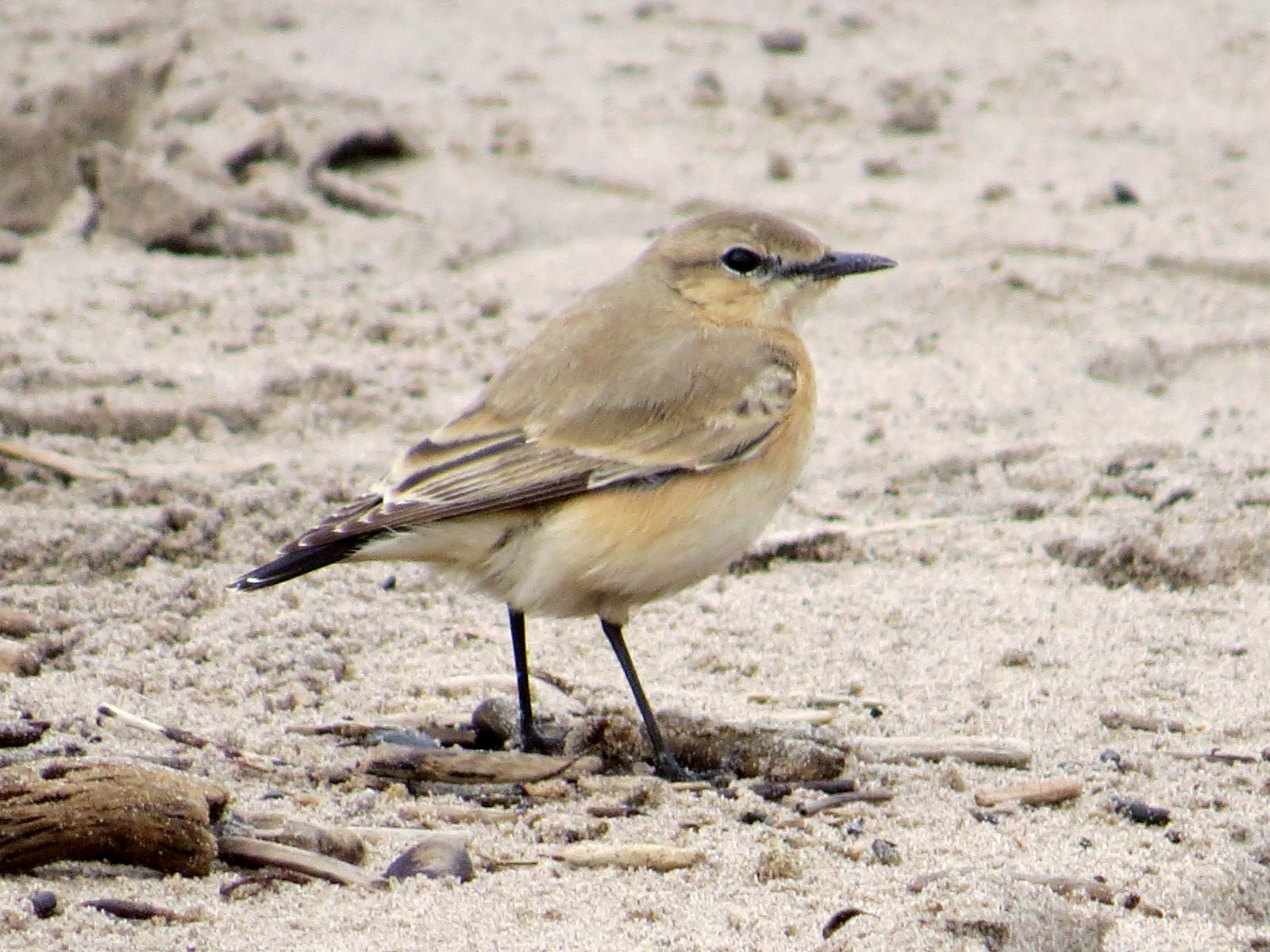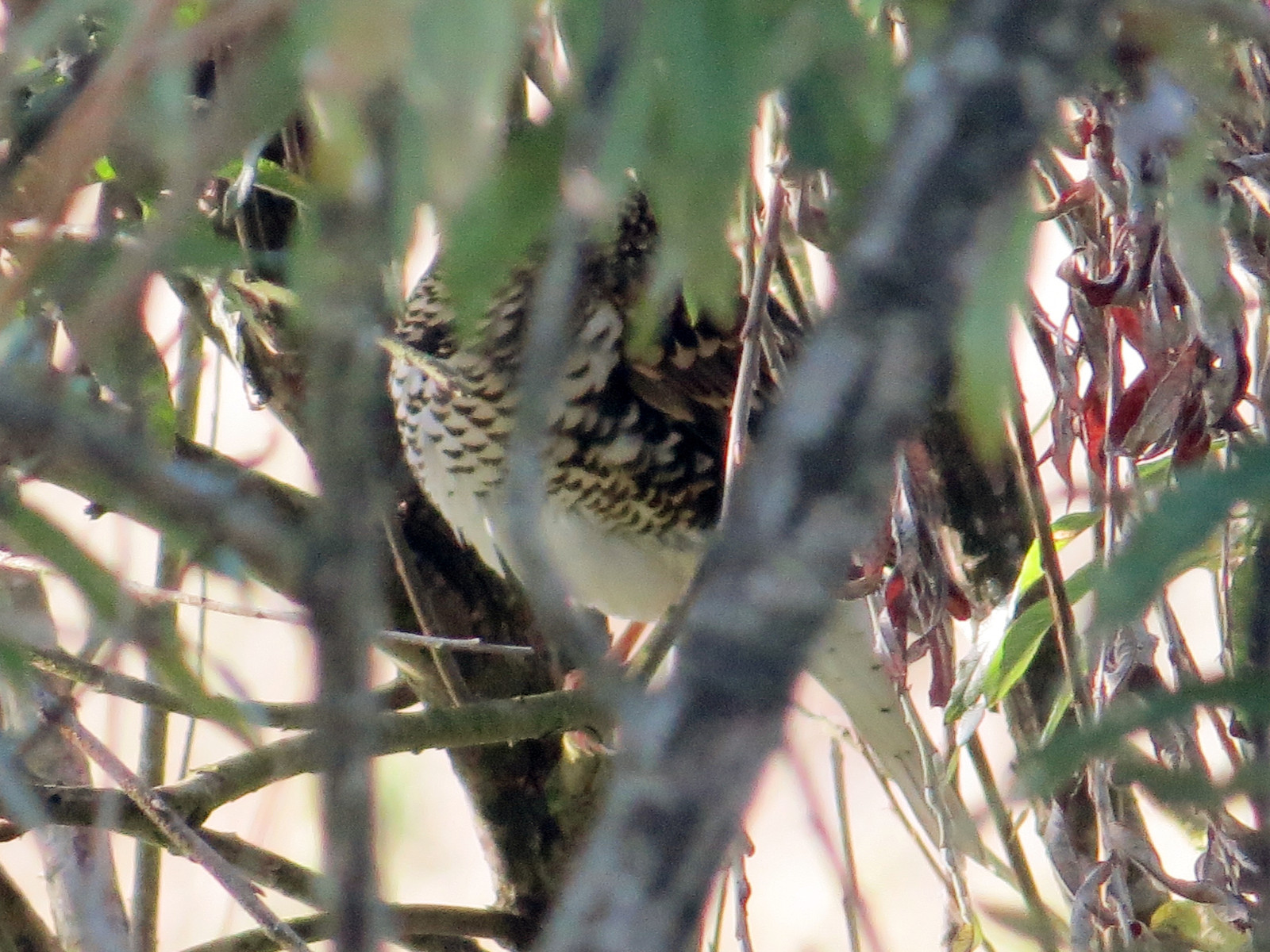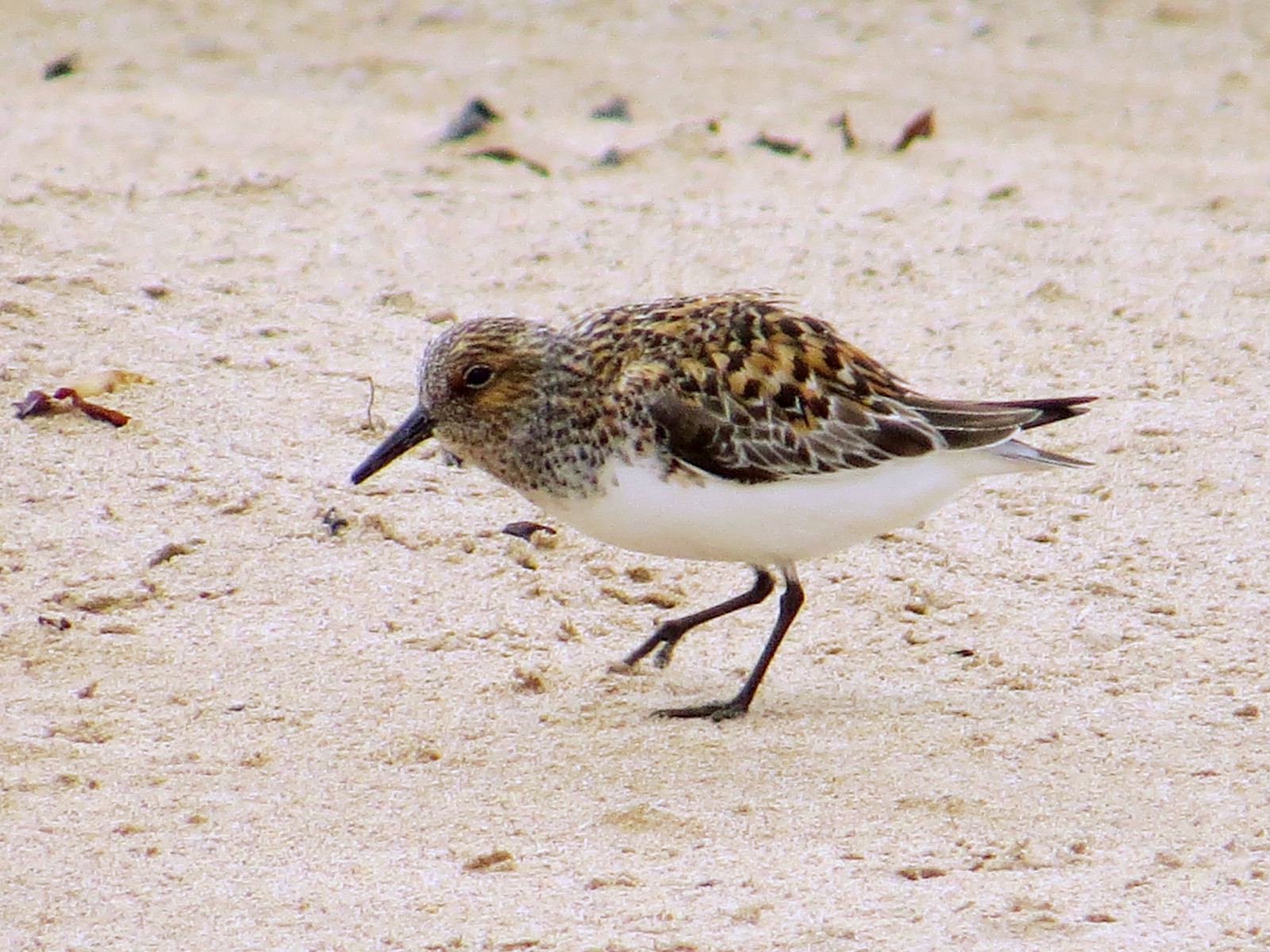Description
Holy Island is a tidal island off Northumberland’s coast that becomes inaccessible when the tide covers its causeway. When it is safe to cross the causeway, it is a great destination for birders. Holy Island is part of the Lindisfarne National Nature Reserve, and considered to be one of the best birdwatching sites in Northumberland, with a large range of resident and visiting birds throughout the year. It is a regional hotspot for migrants in spring and autumn. Check tide tables before visiting (see the link below).
The island and the adjacent mudflats are the wintering range for almost the entire Svalbard population of Pale-bellied Brent Goose, and are also important for Pink-footed Goose and жолтоклун лебед, along with large numbers of ducks (notably гусковидна патка, патка свиркач, патка берија, патка ластовичарка) and waders (сиво блатарче, Red Knot, обичен свиркач, Bar-tailed Godwit, црвенонога тринга, and many others). In late May, the north shore is a major staging post for large flocks of среден пескар and бел свиркач heading for the high arctic, while белокрстен свиркач and мал свиркач can often be found in late summer and autum. The large autumn flocks of златно блатарче in the fields are also worth checking carefully for regular vagrant American Golden Plover; Pacific Golden Plover has also been recorded several times.
In October and November, look for large arrivals of thrushes, mostly лисест дрозд and дрозд боровинкар, but also дрозд пејач and ќос, and a few белограден ќос; the fields around the Straight Lonnen often have the largest numbers. At the same time, the hedges on the Straight Lonnen and the scattered bushes in the dunes often have many warblers and chats, with црноглаво грмушарче, обичен свиркач and лисесто циганче the most conspicuous, but also regularly other species like Yellow-browed Warbler, Pallas's Leaf Warbler, дамчесто грмушарче, црвеногушесто муварче, црноглаво муварче, and Синогушка.
Recent rarities have included Палска (Посебна) гуска, Tundra Bean Goose, ушест нуркач, Sabine's Gull, White-billed Diver, сина ветрушка, Brown Shrike, мало страче,Arctic Warbler, Greenish Warbler, Dusky Warbler, Pallas's Grasshopper Warbler, Asian Desert Warbler, розев сколовранец, White's Thrush, Red-flanked Bluetail, Isabelline Wheatear, мала стрнарка.
Details
Access
Signposted east off the A1 at Beal; head east for 8 km on minor raod, across tidal causeway. Parking on left just before entering village. Limited parking off road in western part of the island. Nearest train station is Berwick, 12 km north. Possible to cycle but research before trying. On the map below you see a selection of walks around the island.
Terrain and Habitat
Scattered trees and bushes , Grassland , Wetland , Plain , Moors/heathland , Sea , Lake , Beach , Dunes , Reedbeds , Mud flats , AgricultureConditions
Flat , Open landscape , High water possible , SandyCircular trail
YesIs a telescope useful?
Can be usefulGood birding season
All year roundBest time to visit
Spring migration , Autumn migration , Winter , Spring , Autumn , SummerRoute
Paved road , Wide path , Unpaved road , Narrow trailDifficulty walking trail
Average walkAccessible by
Bicycle , FootBirdwatching hide / platform
YesExtra info
Holy Island is also known as Lindisfarne. Single bird hide overlooking The Lough (a small lake on the east side of the island). Viewpoint over small wetland (good for waders) on path from village to castle. Paths criss-cross the island and various circular walks can be made. Stay on marked paths as far as possible. Cattle graze the dunes. One site worth visiting is the Vicar's garden, in the SW corner of the village across the lane from the church (look over the wall from the adjacent pony field); vagrant warblers can be seen here after east winds in migration periods.



